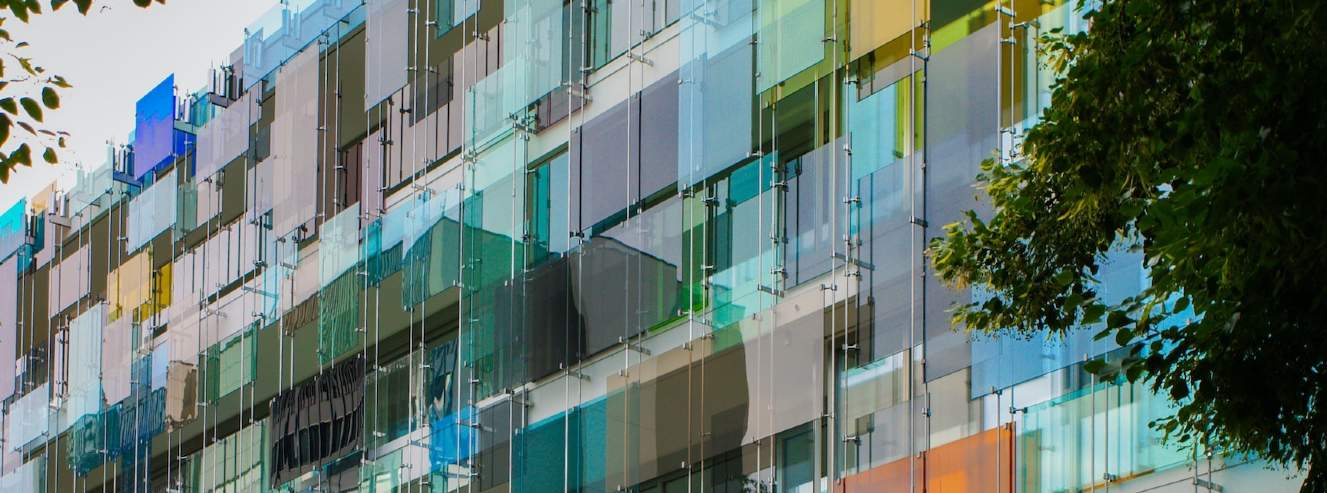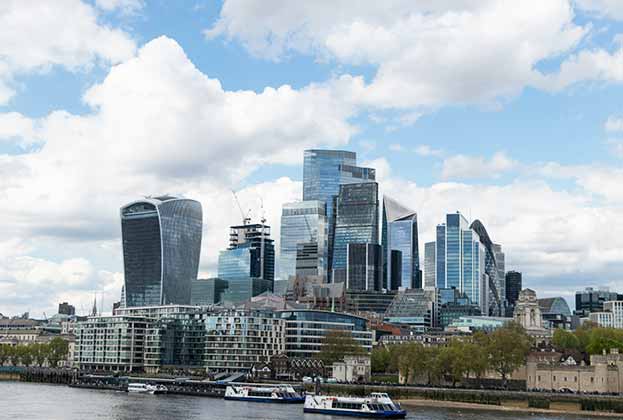For many years, the real estate industry’s definition of 'core' investments in Europe has referred to low-risk assets in strategic locations. Nevertheless, in the midst of a global pandemic, behavioral changes and shifts in priorities, we have seen the definition of core change. Although one might argue that this is a phase in our economic cycle, are these changes going to permanently alter its meaning?
Core products across Europe have generally been confined to countries such as the UK, France and Germany where investors are able to get their teeth stuck into low-risk, long-term income assets – usually prime CBD offices.
Nevertheless, there are other sectors which move in and out of the top spots alongside offices. At present logistics and multifamily are coming top of investors’ shopping lists, whereas previously other assets such as shopping centres would ranked highly. Observing ongoing investor discussions it’s clear that the goalposts have shifted in the first two quarters of 2020.
With populations across Europe having to adapt to a new way of living during the pandemic, ecommerce has been one of the largest beneficiaries of changing consumer patterns. Retailers, grocers, DIY shops and everyone in between have had to up the ante when it comes to the digitalisation of their brand, a trend that had already started prior to the pandemic.
As a result, investor interest for logistics assets has picked up dramatically. Research from Savills shows that, for the first time in the historical series, Q1 2020 saw prime industrial yields move in 9 basis points (bps) lower than prime shopping centre yields, at 4.95 per cent versus 5.04 per cent, reflecting the lower risk premium that investors attach to this asset type.
Similarly, investment into the multifamily sector also saw an uptick in H1 2020 with volumes close to €22 billion in the 12 markets that we monitor, already over 50 per cent of last year’s total, which was the second strongest year on record at €43.2 billion.
Investors are attracted by the incredibly strong fundamentals of the market including rising urbanisation, smaller households, unaffordable house prices and demand for renting in periods of economic uncertainty. Alongside the fact that housing is a basic need, it’s unsurprising that multifamily investment has even exceeded office investment in some markets.
With the economy across Europe in a period of turbulence with repercussions expected across employment, healthcare and life in general, we are at a stage where we can expect to see investors reconsider core investments in the short-term, yet there is the expectation that in the longer term things will rebalance between new and old habits.
It is unlikely that offices, the poster child of the commercial real estate market, will fall out of favour with investors. In a similar way, city centres will always be seen as good locations thanks to their connectivity and people’s attraction to urban areas. This period will be an opportunity for investors to rebalance portfolios, whilst keeping steady gaze on core assets and locations.
Further information
Read more: Market in Minutes: European omni-channel yields





.jpg)

.jpg)


